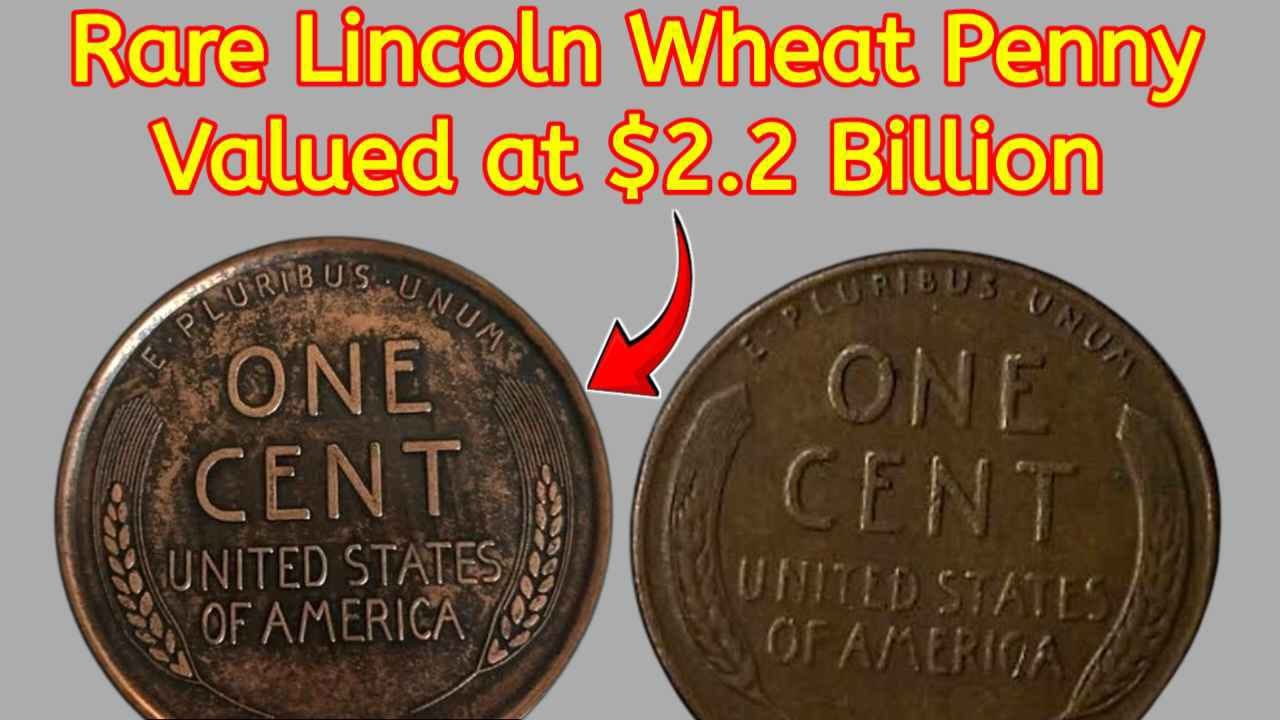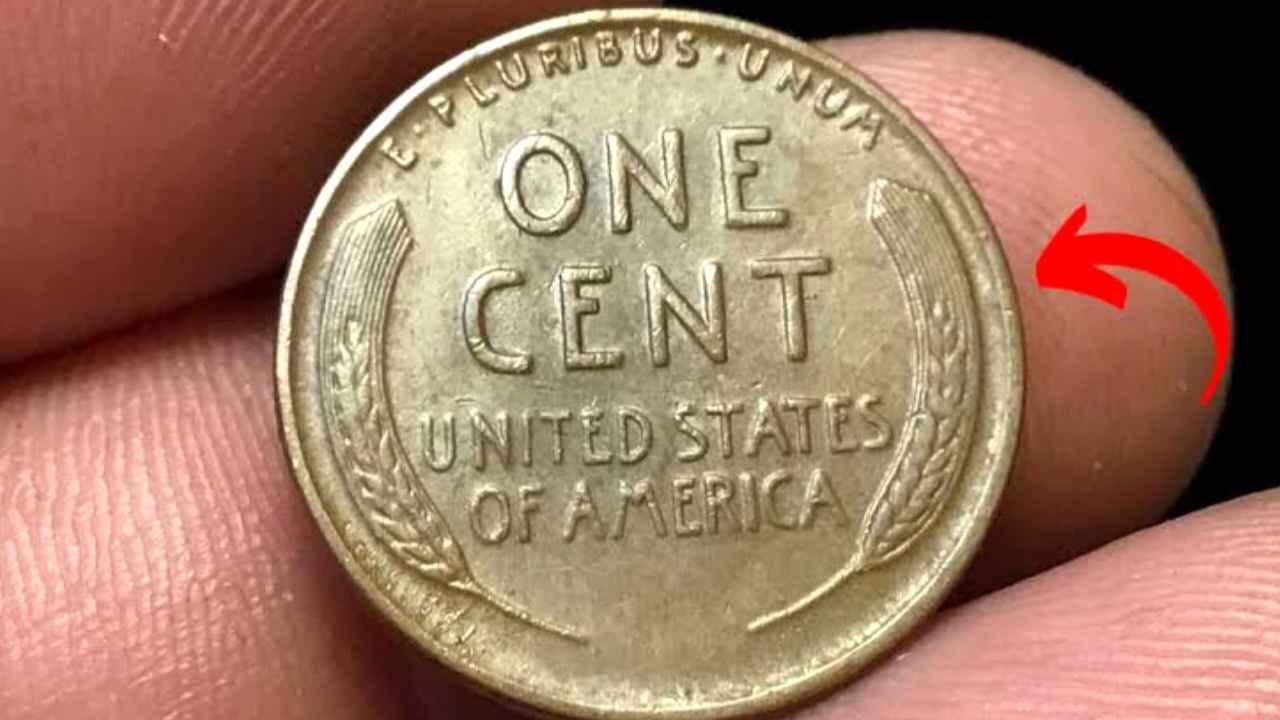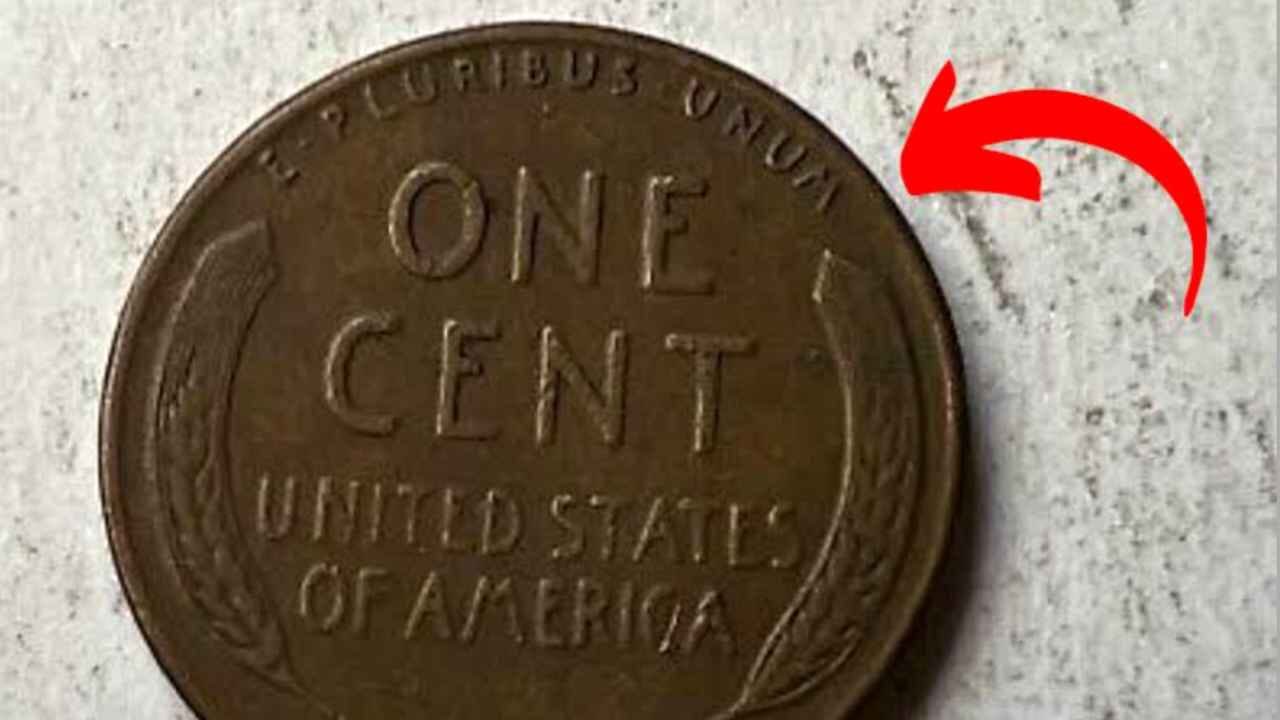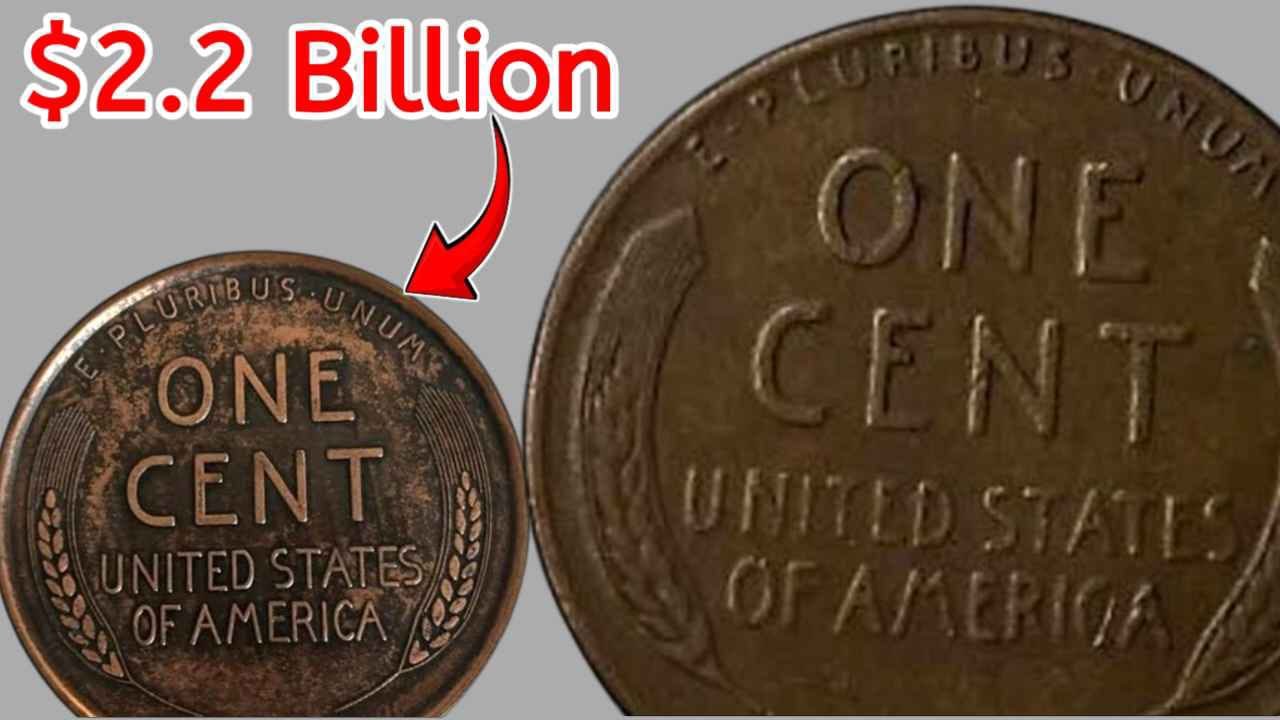Rare Lincoln Wheat Penny Valued at $2.2 Billion—Still in Circulation Today
Rare Lincoln Wheat Penny Valued at $2.2 Billion—Still in Circulation Today, Collecting coins is more than just a pastime for some; it’s an exciting venture filled with history, art, and the occasional jackpot. Have you ever wondered if that seemingly ordinary coin in your pocket could be worth a fortune? It’s not a far-fetched idea, especially with specific rare coins like the 1976 Bicentennial Quarter, which could be hiding immense value, sometimes even worth millions.
Rare Bicentennial Quarter Estimated at $36 Million, Along with Other Invaluable Coins
In this article, we’ll explore the fascinating history, design, rarity, and potential value of the 1976 Bicentennial Quarter. We’ll also touch on other collectible coins with similar worth and delve into what makes them highly sought after by collectors.

Rare Coins and Their Value at a Glance
| Coin | Mint Year | Designer | Unique Feature | Value Potential |
| 1976 Bicentennial Quarter | 1976 | Jack L. Ahrens | Drummer design and “1776-1976” on reverse | Error versions up to billions |
| 1946 Roosevelt Dime | 1946 | John R. Sinnock | Honors Franklin D. Roosevelt | $2.2 million for rare editions |
| 1971 Eisenhower Dime | 1971 | Frank Gasparro | Celebrates Dwight D. Eisenhower | Up to $2.2 billion |
The Story Behind the 1976 Bicentennial Quarter
Released by the U.S. Mint in 1975 and 1976 to commemorate the 200th anniversary of American independence, the Bicentennial Quarter stands out for its symbolic design and historical value. While most versions are quite common, a few rare ones have become collector’s dreams, skyrocketing in value due to minting errors and unique features.
Designed by Jack L. Ahrens, the reverse side features a colonial drummer with the dates “1776-1976,” while the obverse remains a classic portrayal of George Washington. The key to the coin’s exceptional value lies in limited-edition errors and variations that distinguish them from ordinary quarters.

What Sets the 1976 Bicentennial Quarter Apart?
Even though millions of these quarters were minted, only a select few are considered valuable due to their rarity and unique features:
- Minting Errors: These include off-center strikes, double strikes, or the use of incorrect metal alloys during minting. Collectors value these errors for their rarity and historical importance.
- Extremely Rare Editions: Limited editions with unique minting techniques or variations make these coins even more prized among enthusiasts.
Rare Bicentennial Quarter Estimated at $36 Million, Along with Other Invaluable Coins
Potential Worth of the 1976 Bicentennial Quarter
A typical 1976 Bicentennial Quarter isn’t much to brag about—it’s worth just 25 cents. But when it comes to rare coins with minting errors, the story changes dramatically. In one notable case, a 1976 Bicentennial Quarter with rare errors fetched a staggering $2.2 billion, cementing its status as one of the most valuable coins ever sold.
Minting imperfections, such as double strikes and irregularities, are often what turn these simple coins into treasures that drive major auction bids.
Common Minting Errors on 1976 Bicentennial Quarters
Here are some common mistakes to watch for when examining your coins:
- Off-Center Strikes: Coins misaligned during minting that display partial designs.
- Double Dies: Coins with duplicated numbers or designs due to multiple impressions from the die.
- Wrong Metal Composition: Coins minted with incorrect metals, making them not only rare but sometimes composed of precious materials.

Other Rare Coins Worth Collecting
The Bicentennial Quarter is not the only coin with legendary value. Here are a few others to keep an eye out for:
- 1946 Roosevelt Dime: Created to honor President Franklin D. Roosevelt, this dime became rare due to its limited production. Some have sold for as much as $2.2 million.
- 1971 Eisenhower Dime: A tribute to President Eisenhower, this coin is rare because of limited production and its historical significance.
Rare Bicentennial Quarter Estimated at $36 Million, Along with Other Invaluable Coins
Tips for Collecting and Identifying Rare Coins
Coin collecting isn’t just about acquiring coins; it’s about recognizing their hidden value. Here’s how to get started:
- Examine Your Collection: What looks like a common coin might be rare if it has unique historical features or minting errors.
- Learn About Minting Errors: Understanding common mistakes can help you identify valuable coins in your collection.
- Watch Coin Auctions: Auctions often reveal valuable error coins that were previously overlooked.
- Join Collector Communities: Engaging with other collectors can provide valuable insights and tips for finding rare treasures.

Frequently Asked Questions
1. How can I tell if my 1976 Bicentennial Quarter is rare?
Look for minting errors, off-center designs, or unusual features like double-die strikes. Coins with these characteristics can be worth significantly more.
2. Besides the Bicentennial Quarter, what other rare coins should I watch for?
Look out for coins like the 1946 Roosevelt Dime, 1971 Eisenhower Dime, and the 1933 Double Eagle gold coin, one of the most expensive coins ever sold.
3. Is it easy to sell rare coins for millions?
Not all rare coins fetch millions, but getting a professional appraisal is essential. Have your coin evaluated by a reputable expert before attempting to sell it.
Conclusion
The 1976 Bicentennial Quarter may seem like just another coin, but it holds the potential to be a life-changing find. With minting errors or rare features, it could transform from pocket change to a collector’s dream.
Whether you collect coins for fun or investment, the journey is as rewarding as the discoveries themselves. From uncovering hidden gems to learning about their historical significance, coin collecting opens a world filled with stories, value, and excitement for the lucky finder.

